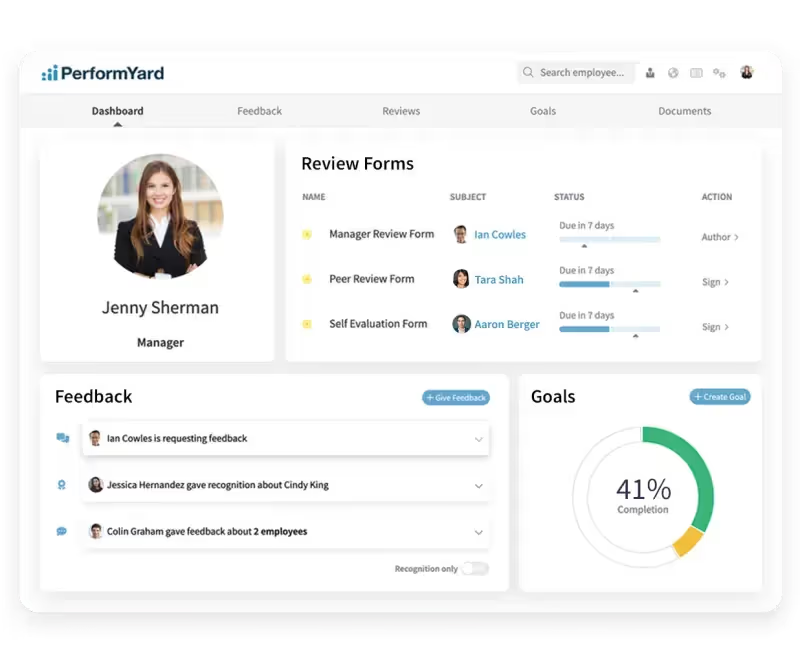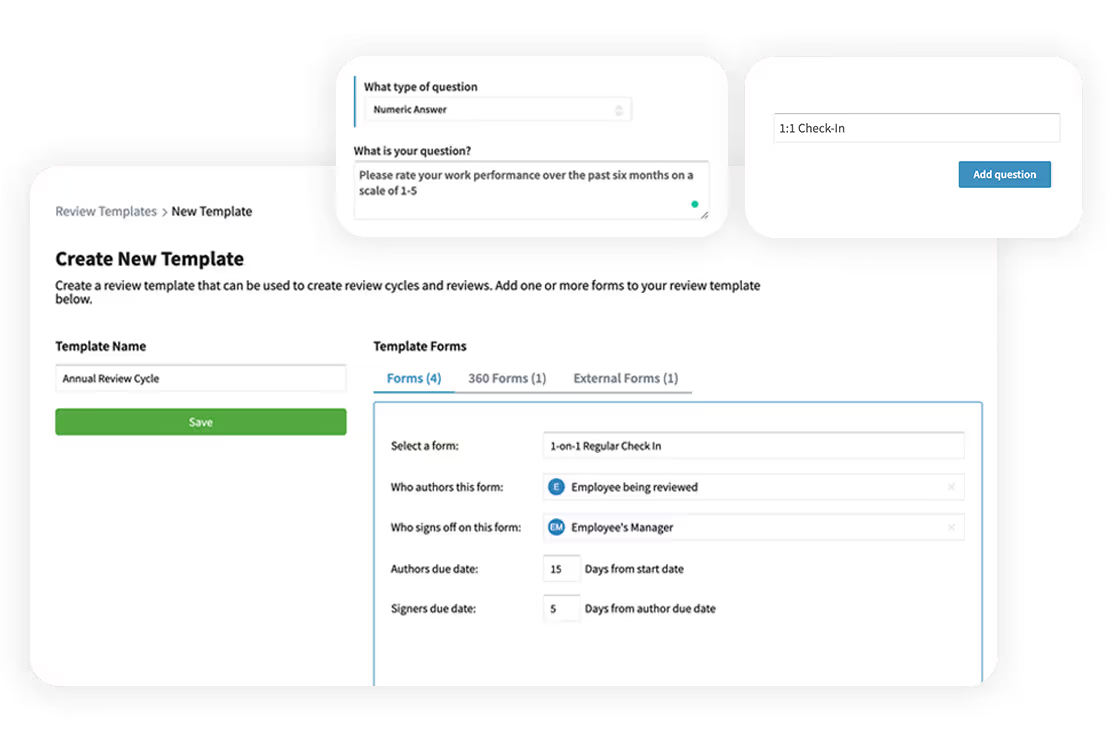Performance Management for PR - 2025 Strategy & Tactics
Creating a performance management strategy for communication and PR teams requires a tailored approach. With many tools and strategies available, it can be difficult to determine what will best support your goals.
Some platforms focus on quantitative metrics like media impressions and engagement rates, while others emphasize qualitative factors such as media relationship management and brand reputation.
To build an effective strategy, look for tools that allow you to set specific goals, track progress, and adapt quickly to the fast-paced nature of PR. Customizable performance management solutions, real-time feedback capabilities, and easy-to-use reporting tools can significantly enhance your team’s effectiveness.
Below, we explore some tools and tactics for communication and PR teams, and how to decide which options align best with your unique needs and goals.
Steps for Effectively Measuring PR Performance
PR metrics can be difficult to track, but certain steps can be taken to evaluate employee performance successfully.
- Set Clear Objectives and Key Performance Indicators (KPIs) - Begin by identifying the specific objectives your PR team aimed to achieve. Define KPIs that align with these goals, such as media impressions, engagement rates, sentiment analysis, or share of voice. These metrics will provide a benchmark for evaluation and highlight whether the team met expectations.
- Gather Quantitative and Qualitative Data - Collect data from various sources to evaluate performance comprehensively. Quantitative data, like the number of media mentions or social media impressions, offers measurable insights, while qualitative data, like sentiment and brand perception, adds context to the numbers. Reviewing both types of data provides a more balanced view of PR impact.

- Analyze Campaign Success and Challenges - Look at each PR campaign individually to assess what worked and where there were challenges. Evaluate key elements, such as message resonance, audience reach, and media relations. Identifying strengths and weaknesses across campaigns helps in understanding overall team performance and potential areas for improvement.
- Solicit Feedback from Stakeholders - Engage with internal stakeholders, such as marketing, sales, and executive teams, to gather insights on the PR team’s contributions. Their feedback can highlight successes, alignment with company goals, and any areas where PR efforts may need refinement.
- Measure Media Relationships and Reputation Building - Evaluate the team’s ability to foster and maintain positive media relationships. Strong media connections contribute to more favorable coverage and long-term reputation building, which are essential in PR. Assess how effectively the team engaged with journalists, responded to inquiries, and leveraged media relationships to enhance the brand's image.
- Review Team Collaboration and Skills Development - PR performance isn’t just about external outcomes; it also involves internal teamwork and professional growth. Consider how well the team collaborates on projects, adapts to new challenges, and develops essential PR skills. Encouraging skills development and constructive teamwork contribute to sustainable success.
- Set Future Goals Based on Insights Gained - Use the findings from your review to set actionable goals for the team moving forward. Establish new KPIs, refine strategies, and address any identified gaps. Regular, informed evaluations ensure that PR efforts are aligned with evolving business objectives and industry trends.

- Leverage Technology - Utilize PR or performance management tools to streamline performance tracking and data collection. Platforms like media monitoring software, sentiment analysis tools, and CRM systems can automate the gathering of key insights and track campaign performance in real time. Leveraging technology enables your team to make data-driven decisions, identify trends, and respond proactively to shifts in public perception, ensuring that evaluations are both thorough and timely.
20 Example Performance Review Phrases for PR
Now that you know what steps to take to analyze certain performance metrics, you need to decide your preferred method of data collection. One of these methods is performance review surveys.
Here are some possible questions to ask your team members when review time is coming up:
- How effectively did you achieve your media placement goals during this review period?
- How do you measure the impact of your PR campaigns on brand reputation?
- What strategies have you implemented to improve media relationships?
- How do you handle crisis communication situations, and what improvements could be made?
- Can you provide an example of a successful PR pitch or story placement? What made it effective?
- How well do you collaborate with other departments (e.g., marketing, sales) to align PR with broader company goals?
- What challenges have you faced with media outreach, and how have you overcome them?
- How do you approach creating engaging, newsworthy content for our target audience?
- What metrics do you track to measure campaign success, and how do you adjust your strategy based on these insights?
- In what ways have you adapted your approach based on changing industry or media trends?
- How do you prioritize projects and manage your time when juggling multiple campaigns?
- How have you contributed to thought leadership initiatives for the company?
- How do you assess and improve the quality of the press releases and other content you create?
- Describe a time when you had to manage a challenging relationship with a media outlet or influencer. What was the outcome?
- How effectively do you track and report on PR metrics, such as engagement rates, sentiment, and reach?
- What is your approach to increasing the company’s share of voice in the industry?
- How do you stay current with emerging PR tools and technologies, and how have you applied them to your work?
- How well do you anticipate potential risks and prepare communication plans accordingly?
- How do you foster and maintain relationships with key media contacts?
- What steps have you taken to ensure your PR efforts align with our brand voice and values?
Why Choose PerformYard for Comms & PR Teams
PerformYard can be an effective performance management tool for communication and PR teams. Managers can set clear, measurable objectives and tie them to specific PR metrics (e.g. media impressions, share of voice, etc). It also supports real-time feedback and performance tracking, so PR teams can quickly adapt strategies and refine approaches.

For teams seeking to build a culture of accountability, growth, and strategic alignment, PerformYard provides tools to manage performance holistically, ensuring each team member’s efforts contribute to overall success.





